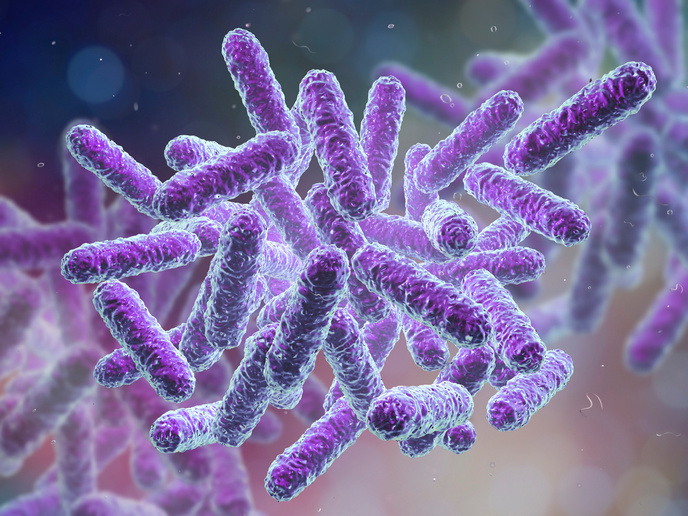DNA damage control in meiosis
The EU-funded 'Control of meiosis and oocyte development by DNA damage checkpoints in Drosophila melanogaster' (MEIOSIS & DEVELOPMENT) project focused on DDR surveillance during meiosis. Project members used the fruit-fly Drosophila melanogaster eggs as a study model. Their first goal was to investigate the chromatin surveillance during meiosis and germinal vesicle development. Also under investigation was the activation of the DDR late in oogenesis upon deficient functioning of piwi-interacting RNAs (piRNAs). piRNAs are a germ line-specific family of non-coding RNAs. During the cell cycle, a long prophase I arrest is conserved among animals. Following its condensation into a karyosome, the Drosophila meiotic chromatin appears inert until metaphase I stage of the cell cycle. Researchers discovered novel data about the localisation and co-localisation of the cohesion protein dPDS5 in the germinal vesicle. Based on these results, researchers proposed a new insulator-dependent karyosome model. piRNAs work to protect the genome against mobilisation of transposable elements. In Drosophila, failure of such protection activates a CHK2-mediated checkpoint in the germ line during mid oogenesis. This checkpoint leads to generation of ribonucleoproteic clumps in the germ cell cytoplasm. To identify piRNA genes, researchers screened a collection of eggshell ventralised mutations using clump markers and identified 24 clump-forming mutants. These discoveries resulted in publications that discuss the efficiency of new screening methods and potential role of these piRNAs in the DDR pathway. The MEIOSIS & DEVELOPMENT project data has challenged the current hypothesis on checkpoint activations being exclusively controlled by certain limited factors. The general picture based on the project results suggests that it is mediated by a more complex network of interactions.







